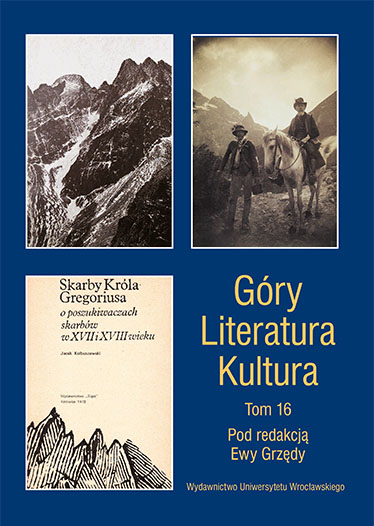

Articles

The following article is an attempt to describe the specificity of the mountaineer’s identity in the accounts of Hettie Dyhrenfurth (1892–1972) from the expeditions to the Himalayas in 1930 and 1934 led by her husband, the Wrocław professor of geology Günter Oskar Dyhrenfurth. As well as her book Memsahb im Himalaja (1931), the short texts contained in the official reports of both expeditions published by her husband describe the course of high-mountain expeditions from a female perspective, pose a question about the motivation for undertaking such extreme challenges and thematise various problems faced by the female mountaineers of that time. The reader will also find exciting and critical descriptions of life in India and Nepal, so as comments about the situation of women in India, colonialism, and cooperation with natives during expeditions to the Himalayas. An essential value of these texts is their original, unpretentious, and humorous narration, so distinct from many contemporary reports featuring insistent heroization of men’s high-mountain expeditions.